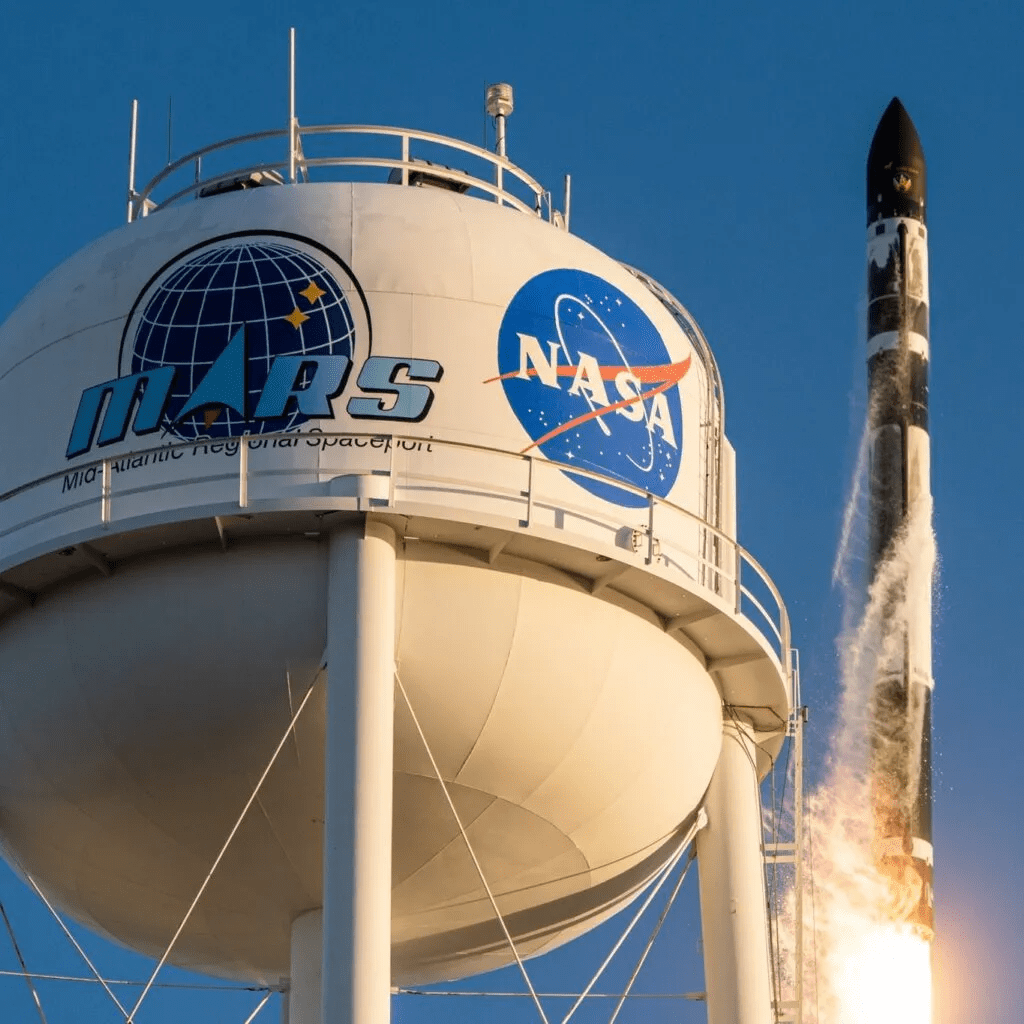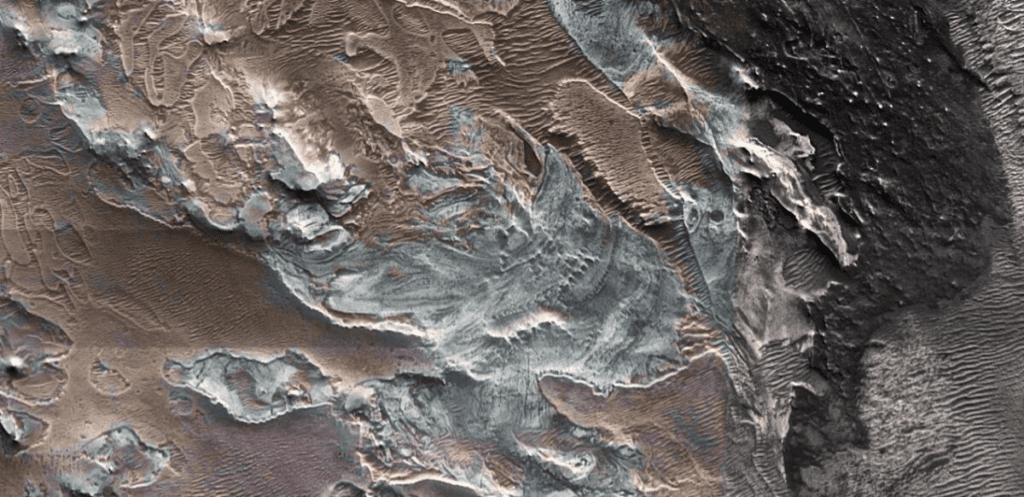The Electron lifted off from the company’s Launch Complex2 at Mid-Atlantic Regional Spaceport on Wallops Island, Virginia, at 6:38 pm Eastern. Poor weather conditions delayed the launch from its original date of March 11.
The Electron was carrying two Synthetic Aperture Radar (SAR) imaging satellites built & operated by Capella Space on a mission called “stronger together” by Rocket Lab. The kick stage delivered the 100-kilogram satellites into a 600-kilometer circular orbit at an inclination of 44 degrees, deploying them nearly 58 minutes after lift-off.
The launch was the second this year for Rocket Lab, after a January 24 launch carrying three Hawk Eye 360 satellite that provides radio-frequency monitoring services. That launch was also the first by the company from its Virginia launch site.
Rocket Lab expects to conduct up to 15 Electron launches this year from both Virginia & its original launch site in New Zealand, up from nine in 2022. Richard French, director of business development & strategy for Rocket Lab’s space systems unit, during a panel at the Satellite 2023 conference here on March 15.
According to him, the company has a strong manifest for Electrone. g. a new multi-launch contract signed with Capella Space on February 28. Four Electrons in “rapid succession” will be launched by Rocket Lab, according to the announcement, each carrying one satellite of Capella’s new Acadia series of SAR spacecraft. Launches are scheduled to start in the second half of 2023 according to the contract, separate from the one for the Stronger Together Mission.
French said, there were no plans for Neutron to replace Electron, while Rocket Lab is working on the larger Neutron rocket. He said,” Electron is not going anywhere, we think Electron is Avery’s important capability. We have a strong manifest with increasing demand.”
New Zealand is the country from where the next Electron launch is scheduled to take place later in March. Rocket Lab has named the launch” The Beat Goes On”. It will carry two optical imaging satellites for BlackSky under a multi-launch contract arranged through Spaceflight.
- Tesla Delays Affordable Model Y Production to Late 2025 Amid EV Market Pressure
- Aldi Pork Carnitas Alert: FSIS Warns of Metal Contamination in 16-Ounce Packages with June-July Use Dates
- Protected: Weekly Mailer Task
- GP Registration Online Now At 98.4% Of Practices As 3.8 Million Sign Ups Signal NHS Digital Shift
- Protected: Update the social media status in Content Calendar

















